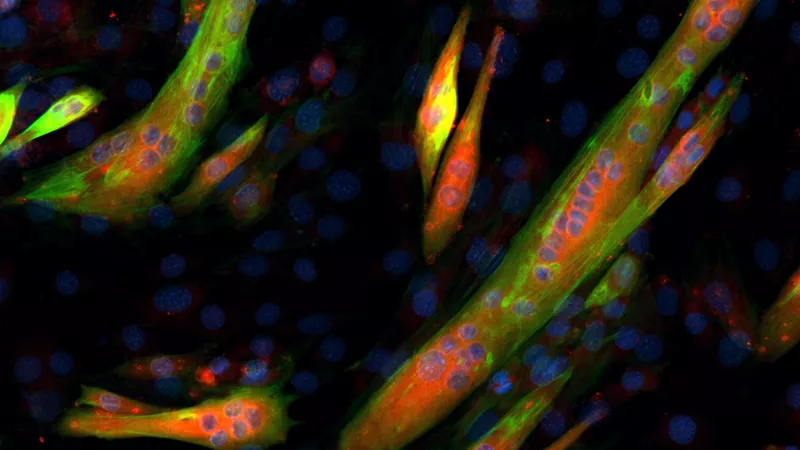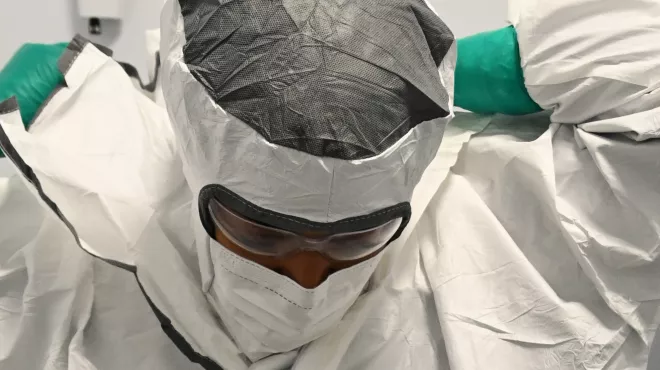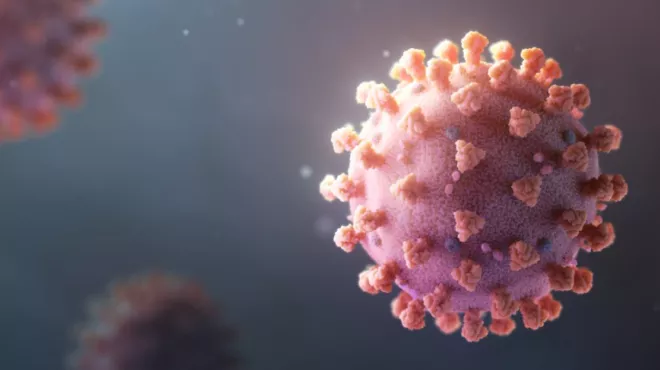When Minions invade the big screen, the little yellow creatures change history. The tiny mischief-makers inadvertently thwart villains and leaders with their antics. Now another Minion is taking the world by storm, at least scientifically.
The discovery of a new diminutive protein—named Minion by a team of Novartis researchers—challenges some long held assumptions about the genome. It also provides a potential tool for drug delivery, an unexpected benefit of the team’s research.
The Human Genome Project was completed in 2003, but scientists are still making sense of our DNA sequence. According to a recent analysis, humans seem to have as few as 19,000 genes that code for proteins, and these make up just 1 to 2% of the genome.1 Labs have started to explore the rest of our DNA, considered genomic “dark matter,” mainly to learn how it regulates known genes. But the discovery of Minion, a finding reported in Nature Communications on June 1, may change that approach.
“In light of this discovery, we have to examine our most fundamental assumptions about the genome,” says co-corresponding author Srihari Sampath, a senior investigator at the Genomics Institute of the Novartis Research Foundation (GNF). “We even have to ask, ‘What is a gene?’”
The Novartis group showed that Minion plays an important role in cell fusion. Specifically, it’s required for immature muscle cells to fuse and form multinucleated fibers that are capable of contracting. Without Minion, skeletal muscles—including the diaphragm—can’t function, making moving and even breathing impossible. Despite this critical function, Minion is missing from existing lists of human proteins for one simple reason: it’s too small.
From a bioinformatics perspective, a gene is currently defined as a DNA sequence that codes for a protein bigger than an arbitrary cutoff, usually 100 amino acids. Since 2013, scientists have isolated a handful of proteins that are smaller from cells and tissues, but these were shown to play minor, supporting roles in biological processes. Such “microproteins” seemed to comprise an esoteric class of molecules, interesting to perhaps only a few labs. Until now.
“Minion is the first mammalian microprotein that’s been shown to be essential for life,” says Srinath Sampath, the other corresponding author. “There is a whole universe of microproteins out there with potentially important functions, and we’ve been ignoring them.”
Minion was hiding in plain sight among the DNA dark matter, which may contain hundreds of new genes. Researchers must abolish the arbitrary size cutoff for proteins to find and study them.
Follow the science, wherever it leads
The Sampaths didn’t set out to shake up conceptions of the genome. Intrigued by microproteins but perplexed that they hadn’t yet been shown to have important functions in mammals such as humans, they were simply hoping to find one playing an interesting role in mammalian muscle, their specialty. The twin brothers—who are also practicing physicians and assistant clinical professors at the University of California, San Diego School of Medicine—were expecting to discover a microprotein with a relatively subtle role.
They began by examining gene expression patterns in mouse muscle as it regenerated following an injury, paying close attention to RNA transcripts that were poorly characterized but with protein-coding potential. One of these stood out: the expression of gm7325—which the team later renamed minion (microprotein inducer of fusion)—peaked three to four days following the injury, precisely when the expression of another gene called myomaker spiked. Myomaker is known to control muscle cell fusion. Could Minion also be involved in this important process?

Postdoctoral researcher Qiao Zhang conducted a series of experiments to find out. In a pivotal test, she worked with GNF colleague Christian Schmedt to mutate minion in mouse embryos.
“I was skeptical that we’d see anything,” says Zhang, who is first author on the paper. “People with experience in mouse genetics told me that I was wasting my time.”
After all, microproteins were previously shown to exert subtle molecular effects. Such effects would likely be masked at the level of the organism.
But the results of Zhang’s experiment were dramatic. The mice appeared to develop normally until they were delivered, the first time they needed skeletal muscle. At that point, they were unable to take even a single breath outside of the womb. An analysis revealed that their muscle cells had never fused to create fibers, so they didn’t have a functioning diaphragm.
Minion—which has a human homologue—is absolutely indispensable for the fusion of cells in skeletal muscle. Perhaps more surprising, it can coax cells that are normally loners to fuse when applied with just one additional protein: Myomaker.
While muscle cells are sociable team players, connecting and joining forces to accomplish a task, fibroblasts, the building block of connective tissue, behave more like recluses. They prefer to go it alone and do not normally fuse.
Zhang managed to bring out the social side of fibroblasts. When she added Minion and Myomaker to the cells, they fused to form pancake-like masses full of nuclei.
“I was surprised that we could achieve cell fusion with just two proteins,” says Srinath Sampath.
Hacking cell fusion
“Given its simplicity, we can potentially co-opt the system for delivering cells in very specific ways,” adds Srihari Sampath. “Imagine being able to shuttle a toxic compound to tumor cells or a gene therapy to a particular tissue.”
The brothers envision harnessing fusion as a way of achieving molecularly-targeted drug delivery. They’re working toward prototypes by studying the Minion-Myomaker system in detail. Myomaker seems to bring cells in close contact with one another, while Minion enables a cell to punch through the wall into its neighbor. Understanding this system allows them to hack it, turning fusing cells into either Trojan horses for tumors, or knights in shining armor for diseased tissues.
“This research illustrates the value of drilling down to basic biology and then stepping back and asking, ‘How can this be utilized in a practical, productive way?’” says Srinath Sampath
Main image: Shutterstock image



